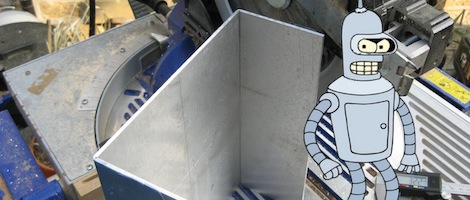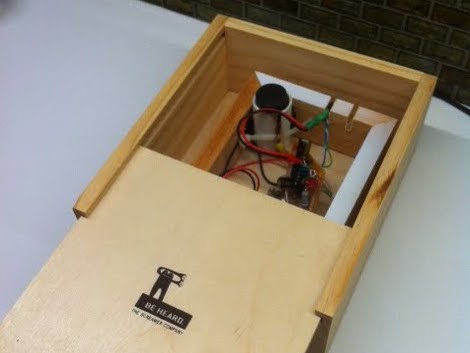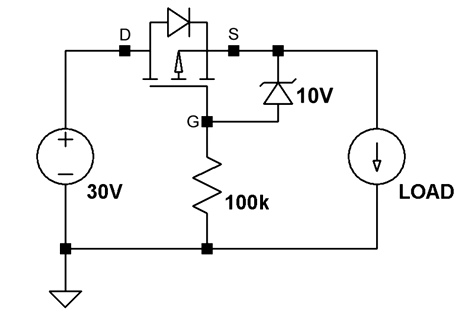LED Neurons

[Alexandra Olivier] put up an art installation at Wellesley College that looks like a bunch of neurons built out of LEDs. The neurons are connected to a couple PIR sensors and ‘fire’ whenever movement is detected. The result is a lot like being inside a brain. Fitting, then, that the installation is called Social Synapses.
Last year’s big toy was always evil, though

Last year, [Andrew] had to fight the throngs of shoppers to get the must have toy of the season, a Zhu Zhu pet. Since these robotic hamster things have spent the last 11 months in the back of a closet, it seems reasonable to make them evil. They’re still not as evil as a demonic Furby….
So we call it a bifocal, right?

There’s an old photography trick for a really hacky macro setup – just turn the lens around. Well, what if you wanted automatic metering and flash control? Simple, just electrically reverse the lens. Bonus points for being able to use the lens regularly as well.
Control all the bands

Well here’s something cool: an all-in-one USB 315mhz, 433mhz, and 868mhz transceiver. What can you do with it? Well, [codeninja] can control the outdoor lights for two of his neighbors, open gates and doors, crash his weather station, and just about anything else in those bands. It’s pretty much like war driving for important stuff nobody cares about.
So this is our favorite holiday now

There’s a Dutch tradition to play Sinterklaas and make someone a present. [Jenor] decided to build an antique-looking DC voltmeter with a pair of vacuum tubes. The tubes don’t work anymore, but the heaters still provide a nice warm glow. It’s a bit large to be regularly used as a piece of test equipment, but it really does look awesome. Very steampunkey, and it’s the though that counts anyway.
















